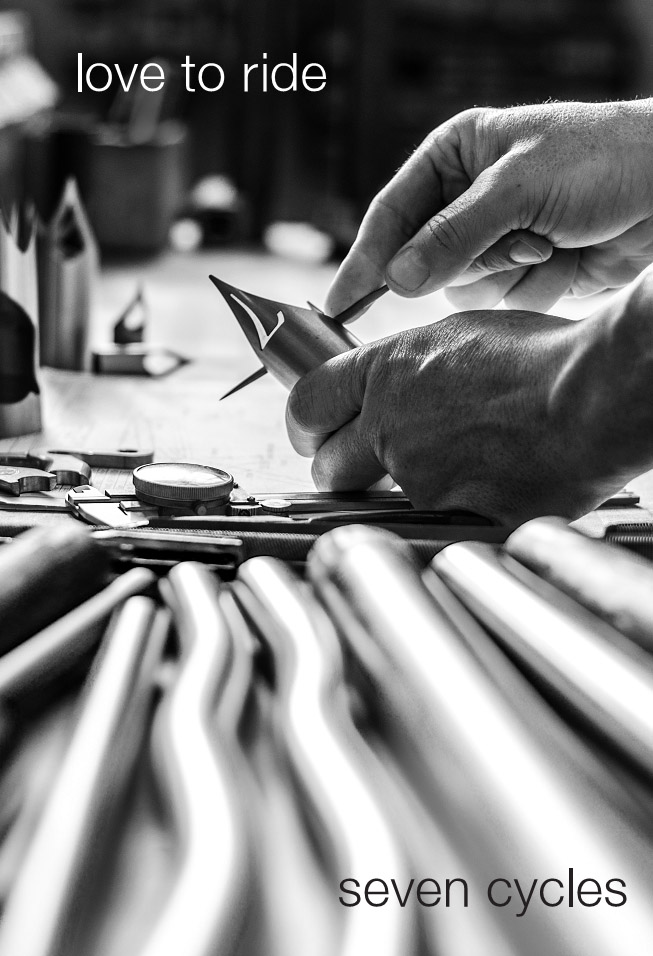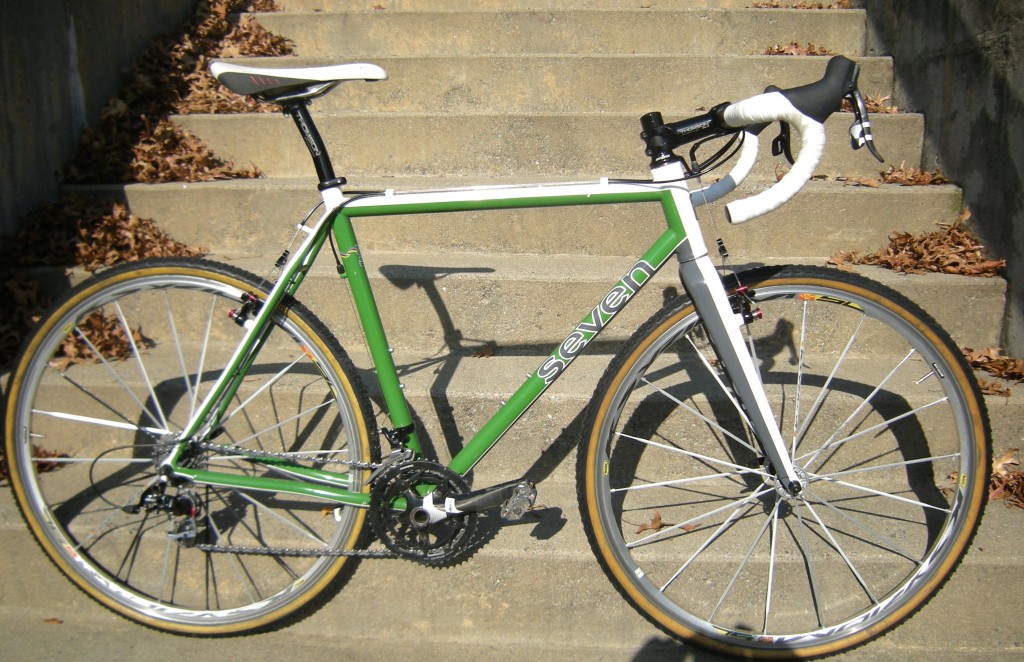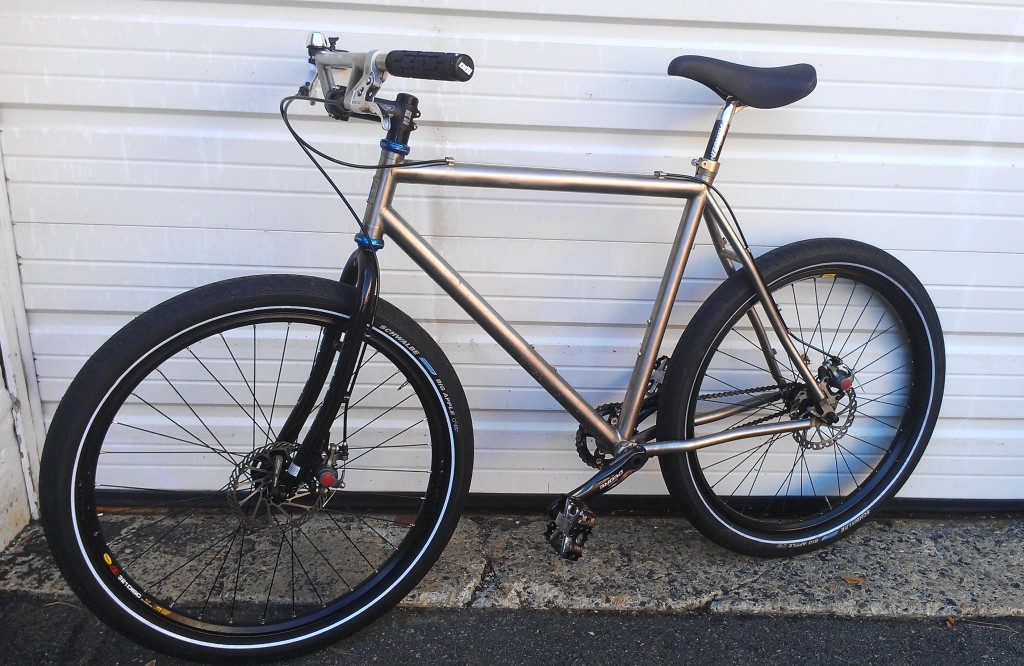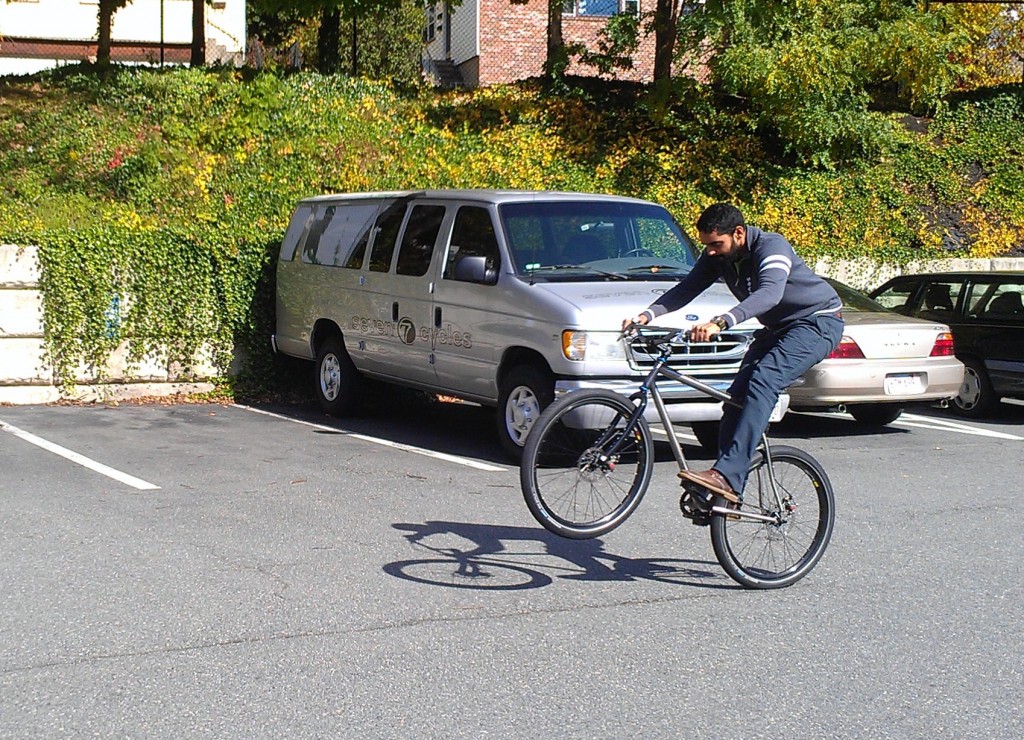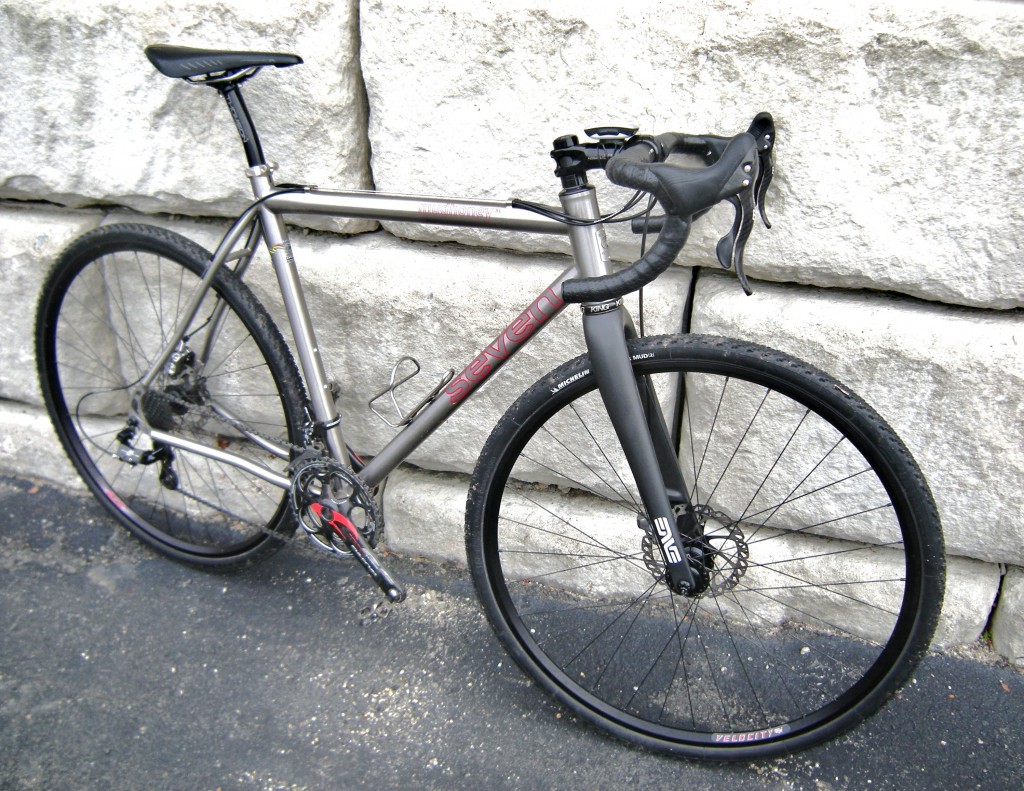by Whit Bazemore
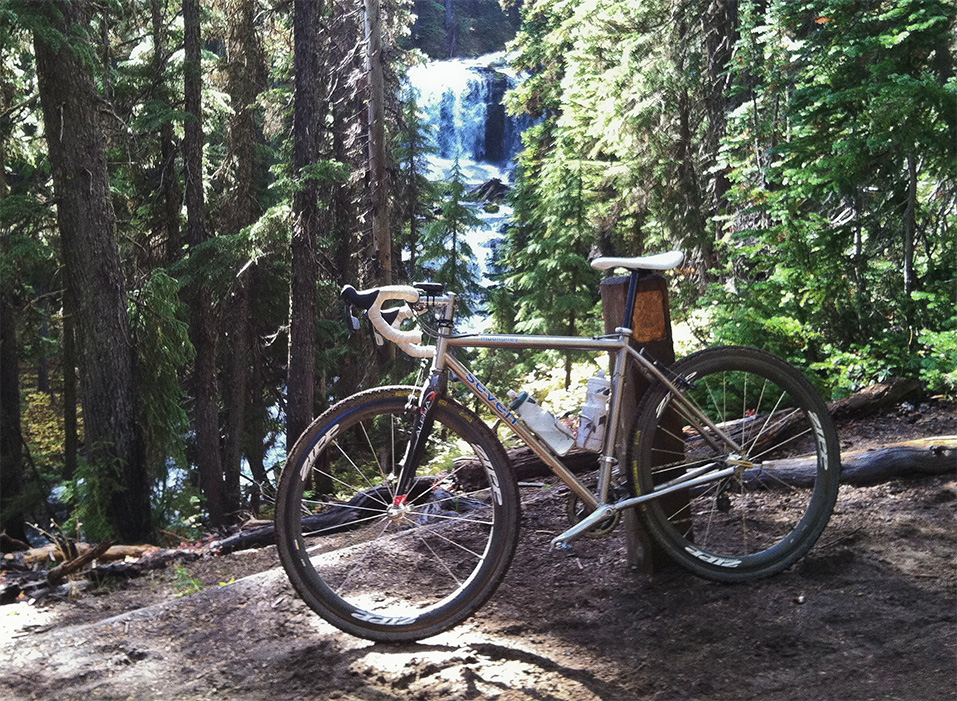
Mixing it up: some high alpine cx bike riding outside of Bend.
Back in 1999, when I got back into cycling, I was at my favorite bike shop in Indianapolis contemplating buying a road bike. I hadn’t had a road bike since 7th or 8th grade, waaay back in ’77 or ’78, so I had a lot of catching up to do. I had already started to get serious about mountain biking (or so I thought — a rookie’s definition of serious is actually way wide of the true meaning of the word.) Cycling had become more than a way to rehabilitate my injured legs though, it was a healthy obsession.
Mountain biking in Indianapolis was limited to less than 15 miles of trail in town, half of which was soon cleared for an invisible shopping center which, to this very day, is still not built. The “good†mountain biking (and it really is good) was a 92 mile drive south, and is something a group of us did somewhat regularly on Saturdays. It was far away and, yes, it took all day to do a three hour ride. Hence the need for a road bike. I was assured by my cycling friends I could ride all over town, more or less.
I had bought a Seven mountain bike, which I loved, so getting a Seven road bike was an easy sell for me. But one of the guys I regularly rode with and who also happened to work at the shop, a guy named Ross, suggested a ‘cross bike. What?
With my race car driver mentality, a ‘cross bike made no sense. I had a state of the art mountain bike, that I still crashed way too often, and I wanted – no – needed, a state of the art road bike. Compromised performance was not in my vocabulary. “It is fun,†he said, pointing to his own Seven ‘cross bike leaning in the corner. “It is a blast.â€
Fun for me was knowing that my machine was the most efficient possible, as my cycling fitness was not up to par with most of my riding friends, which sadly, is still basically true today. Lets just say I was on the rivet on almost every ride. I did not need a heavier, less efficient bike (on the road) making me any slower than I already was. I also did not need a skinnier tire on the trails, either.
Fast forward to 2007, now living in Oregon, I decided that the hundreds of miles of fire roads criss-crossing the National Forests around Bend would be perfect for a ‘cross bike. So I had Seven (who else?) weld me up a straight gage Ti frame. That the frame sat on a hook in the garage for more than a year before I built it, says a lot about my then lack of appreciation for the discipline.
But ‘cross racing in the Northwest is a very big deal, and once I realized that everyone had a ‘cross bike, in addition to road and mountain bikes, I built the bike and rode it on some single track. Wow. Ross was right. The ‘cross bike IS fun. There is something about it I really like. The fact that it is rigid, the fact that you have to pay extra close attention to your line, that there is less room for error, the contact patch is smaller –– and best of all, that it weighs only 16.5 lbs. are things that appeal to me. I love railing tight single track on it, as fast as I can go. And to say the bike (not me) climbs like a mountain goat is an understatement.
It was only a matter of time before I started racing ‘cross. And although the bike is awesome, ‘cross racing is about as tough a sport as there is. I find it extremely difficult, and not a race goes by that I don’t ask myself why am I doing this. It is truly that hard. Racing is a way to push yourself past limits you could not otherwise get past. It is 45 minutes of pure hell and I mean that. There is no hiding, no sitting in. If you slow down, you get passed. It is not fun. The fun comes afterwards, when you realize that you just killed yourself and for what? For the beer afterwards? For camaraderie with teammates? For the self satisfaction of giving 100% and knowing that each pedal stroke at this ungodly effort is making you a stronger cyclist? Maybe.
For the record, I usually finish about mid pack in the Master B category and have never had so much fun not winning. I usually can not wait for the next race. But even better, I ride my ‘cross bike on all of our local single track – all hundreds of miles of it. Just today, I did a 3 hr, mostly single track, ‘cross bike ride. It was 35 degrees and snowing on and off. The bike was perfect, the trails were perfect, and so was the ride. I find myself thinking, “man, I love this bike!â€
So Ross, thanks for the recommendation. Good advice, even 13 years later!
Whit

